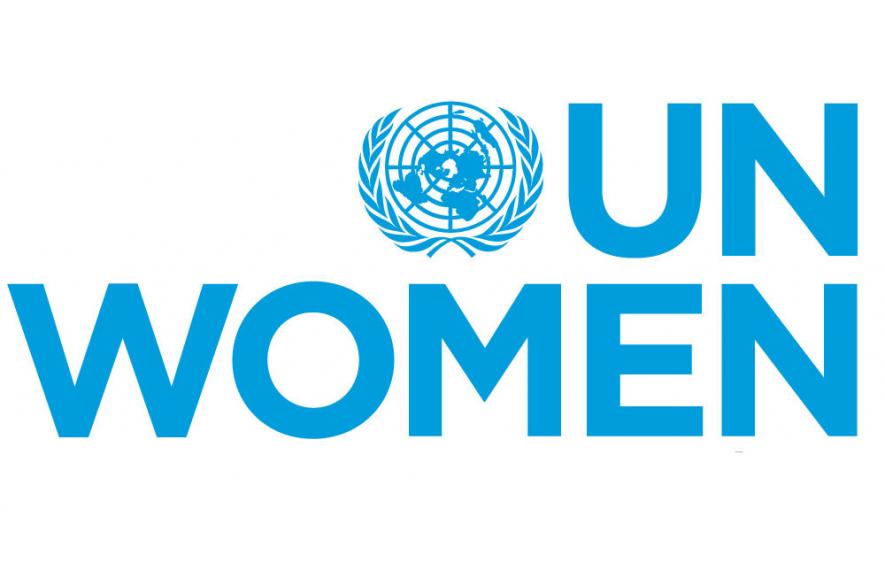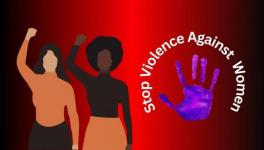UN Women Report Slams Neo-Liberal Economic Model

The UN Women released a report on Wednesday called “Turning Promises Into Action: Gender Equality In The 2030 Agenda For Sustainable Development”. This report recognises the fact that the income and wealth are concentrated in a few hands and its reversal is a difficult task. The report says that in 2016 the concentration of the 50 percent global wealth was concentrated with 1 percent of the population which was at 44 percent in 2009.
The report also states that in 2012, developing countries received only USD 1.3 trillion in investments, aid and income from the developed countries but saw USD 3.3 trillion flowing out of the countries in the form of foreign debt, capital flight etc.
The UN Women report categorically says, “[The] model of growth that underpins economic volatility and rising inequalities is also premised on unsustainable consumption and production patterns” which has led to the environmental degradation and climate change. As a consequence of the neo-liberal model of development, lives and livelihoods have been devastated.
This model of development has made women secondary in all indicators of human progress.
The report gives some of the following status indicators of women:
- For 100 poor men, there are 122 poorer women.
- 11 percent of women are more likely to have food insecurity.
- Women and girls are responsible for fetching water in 80 percent of the households that don’t have access to water at their premises.
- Globally, 303,000 women died from pregnancy-related causes in 2015 and it is not improving at a desirable pace.
- In 18 countries, husbands can legally prevent their wives from working; in 39 countries, daughters and sons do not have equal inheritance rights; and 49 countries lack laws protecting women from domestic violence.
- World over, 750 million girls are married off before they attained the age of 18
- 200 million women in over 30 countries had undergone Female Genital Mutilation.
This report also has information that is specific to India. It has stated that the women who come from the Dalit community die 14.6 years younger compared to higher caste women. This is due to the clustered deprivations – problems that are connected to one another - that compound the problems of the poor.
This study has estimated that a young woman between the age of 20 – 24 from the poor rural area is 501 times likely to marry, as compared to one from a rich urban household, before the age of 18. That young woman is 21.8 times likely not to have attended a school and 5.8 times likely to become a mother as an adolescent. This woman is 1.3 times likely to have no money for her own use. The chance of being poor is greater if the woman is landless and belongs to a scheduled caste.
The information provided is vast but the report has shown that if schemes are made taking women’s development into consideration changes can be seen immediately.
This report has stated that if the citizens are involved in the process of getting data, they might show a progressive result. In India, a programme called the Safecity initiative, that had people share their personal stories of sexual harassment and abuse in public spaces with geographic location, showed a positive impact. In Delhi, the closure of public toilets led to an increase in the assaults on women. The Municipal authorities realised this through the data and were able to point out that it was due to the closure of the public toilet and hence re-opened them. Magically the incidents of violence decreased.
It was the same case when the women who were in sex work were organized.
In 2004, in India, it was reported that a “sex worker” faced at least eight instances of violence and infections like HIV, STDs were a common problem. “The Ashodaya Samithi initiative in Mysore (Karnataka) is an effective example of a sex worker-led response that works synergistically at multiple levels to provide safe spaces and crisis management and to advocate with various stakeholders”, the report said.
The report also criticises the schemes being implemented for pregnant women. The Indira Gandhi Matritva Sahyog Yojana (maternity scheme), the report said, can exclude marginalised women and its expansion was low and uneven. This report has recommended that women should be given two-thirds of the previous earnings for 14 months.
Get the latest reports & analysis with people's perspective on Protests, movements & deep analytical videos, discussions of the current affairs in your Telegram app. Subscribe to NewsClick's Telegram channel & get Real-Time updates on stories, as they get published on our website.
























